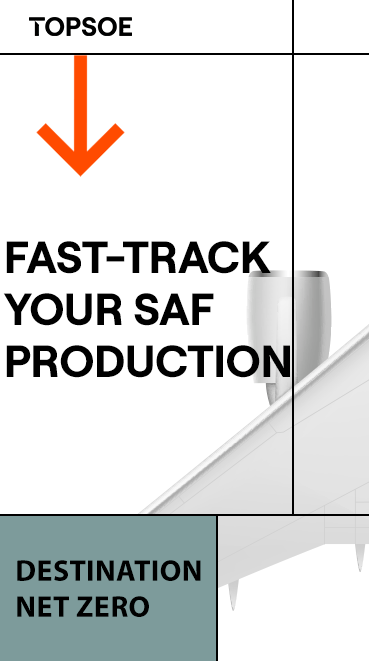USDA strengthens climate-smart ag opportunities with new crop-insurance flexibilities

In support of climate-smart efforts to expand renewable fuel sources, USDA’s Risk Management Agency announced Dec. 18 additional insurance options for soybeans planted behind domesticated pennycress in Illinois, Indiana, Kentucky, Missouri, Ohio and Tennessee.
Domesticated pennycress is a feedstock used to produce biofuels like sustainable aviation fuel (SAF) that has a lower carbon-intensity score than many other crops.
It is planted in the fall when many fields are left dormant.
By planting in the fall, the living root system of domesticated pennycress can help improve soil health, reduce nutrient run-off and sequester carbon, providing many of the same benefits of a cover crop.
Unlike a cover crop, domesticated pennycress can be harvested as an additional cash crop, utilizing a practice known as double cropping within a conservation crop rotation.
The USDA’s Natural Resources Conservation Service lists conservation crop rotation as one of many climate-smart agriculture and forestry mitigation activities for 2025.
“By working with and listening to our stakeholders, RMA is able to provide farmers with flexible insurance options for soybeans planted after domesticated pennycress,” said Brian Frieden, the director of RMA’s regional office that covers Illinois, Indiana and Ohio. “If you’re considering planting soybeans after domesticated pennycress, please contact your crop-insurance agent for details on requesting a written agreement.”
Beginning in 2025, this change will provide farmers who plant soybeans following domesticated pennycress in counties with the “following another crop (FAC)” practice an option to request a higher yield and reduced rate through a written agreement, to reflect the longer soybean-growing season when soybeans follow domesticated pennycress.
Click here to see the map for where expanded opportunities for soybeans are located.
Producers should contact a crop-insurance agent or visit RMA’s double-cropping initiative page for additional information.
Crop insurance is sold and delivered solely through private crop-insurance agents.
A list of crop-insurance agents is available at all USDA service centers and online at the RMA agent locator.
Producers can learn more about crop insurance and the modern farm safety net at rma.usda.gov or by contacting their RMA regional office.
RMA provides policies for more than 130 crops and is constantly working to adjust and create new policies based on producer needs and feedback.






















-RKstandin.jpg)
_gif.gif)




